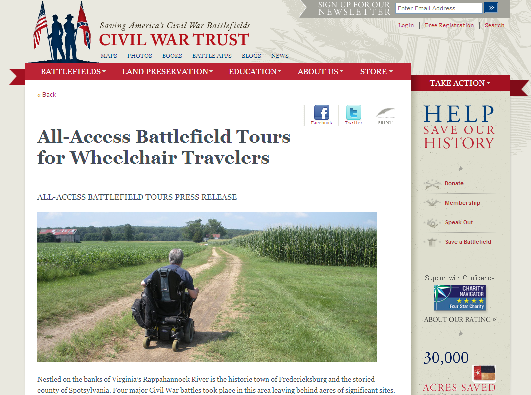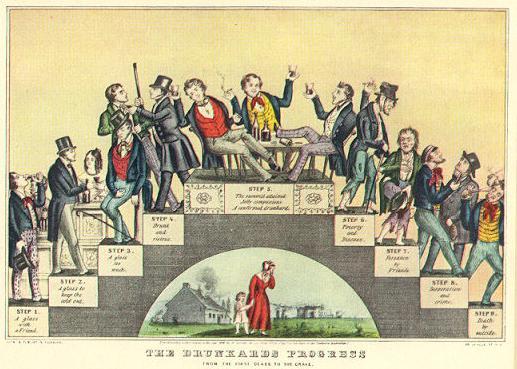
AABT is now featured on the Civil War Trust website.
It matters
This weekend I received an urgent voicemail from a gentleman in Warsaw VA who wanted to speak to me about my book The Civil War in Spotsylvania County: Confederate Campfires at the Crossroads. According to the message, his grandson had given him the book as a gift and he was bothered by a missing unit in the registry that I had included in the back. Despite the fact it was Saturday morning, I immediately returned his call.
After explaining the source of his disappointment I kindly explained to him that I had used the National Park Service’s Orders of Battle from each of the four major engagements to create the registry and that the unit he was referencing did not make the list because they did not participate in any of those battles. I also grabbed a copy of the book and read the introduction which stated:
…The challenge of pinpointing the exact geographic locations of all Confederate encampments in Spotsylvania County and the surrounding regions remains a difficult one. …Despite this difficulty, we are able to identify what troops from the Army of Northern Virginia were amassed in the Fredericksburg/Spotsylvania area from 1861-1865 and can assume with relative confidence that they were encamped there. By using the Orders of Battle from each of the four engagements, we can identify what forces from the ANV were present. This does not account for every southern unit that may have passed through the county during the course of the Civil War, but it does give a good impression of the majority of units that were represented in local camps…The following units were present during the Battle of Fredericksburg: December 1862, Battle of Chancellorsville: April-May 1863, and the Battle of The Wilderness and Spotsylvania Court House, May 1864. All were encamped at one time or another in Spotsylvania County and the surrounding region.
Realizing his misunderstanding, the gentlemen immediately apologized. I thanked him for his interest and for having the forethought to contact me. That is what brings me to my post today…here we have a guy who literally had to seek me out. He probably read the Authors Bio in the back of the book, but then he went the extra mile by tracking down my phone number. He did this because the content of my book mattered to him. It really mattered.
As historians we can sometimes get so caught up in the pursuit of publishing that we lose sight of the fact that the material we publish really matters greatly to our audience. Whether it’s a book, or lecture, or film project, people who really and truly care about this kind of history, really and truly care about the quality of our work. Even something as simple as a listing can bring about an emotional response.
PS. We have quite a bit of press coming up on the opening of All-Access Battlefield Tours. I will compile a list of links in the coming weeks. I also have a couple of new blog pieces to post including a familiar look at flags of the Revolution and Civil War.
From our good friends at the CarnegieCarnegie
A nation built upon intoxication

As someone who really enjoys his cocktails I am admittedly curious as to the rumored excessive-drinking habits of our Founding Fathers. After conducting a casual examination, I think it would be fair to say that their wealth, power, and the period in which they lived in made alcohol a mainstay in their daily lives. Most of these gentlemen were the political playboys of their day and we already know that many of them had a penchant for wine, women and song. Today most people assume that the common table wine was the preferred beverage of colonial times and that most folks simply enjoyed it as a compliment to meals.
According to research conducted by Stanton Peele, the Founders had a much broader palette when it came to engaging in the Spirit of ‘76. Simply put, these boys liked to party:
How do we know the founding fathers as a group drank a lot? Well, for one thing, we have records of their imbibing. In 1787, two days before they signed off on the Constitution, the 55 delegates to the Constitutional Convention partied at a tavern. According to the bill preserved from the evening, they drank 54 bottles of Madeira, 60 bottles of claret, eight of whiskey, 22 of porter, eight of hard cider, 12 of beer and seven bowls of alcoholic punch. That’s more than two bottles of fruit of the vine, plus a few shots and a lot of punch and beer, for every delegate. Clearly, that’s humanly impossible. Except, you see, across the country during the Colonial era, the average American consumed many times as much beverage alcohol as contemporary Americans do. Getting drunk - but not losing control - was simply socially accepted. - Stanton Peele Addiction Website, June 15, 2010
[NOTE: In retrospect, these quantities may be exaggerated, or perhaps there were more people in attendance.]
The politicians back in Philadelphia weren’t the only ones enjoying a sip or two. According to the folks at Mount Vernon, the commander of the Continental Army also liked to get his ‘drink on’ while on campaign:
The sober picture we have of [George] Washington is not correct if we are to believe anecdotes of his day. It was said that he could dance the night away with four bottles of wine under his belt. And, that his Revolutionary War personal expense account for alcohol from September 1775 to March 1776 amount to over six thousand dollars. (Washington & Kitman, 1970) He was a devout lover of beer; in particular a dark porter was always in ample supply at Mount Vernon. A typical Washington hosted dinner "included several wines, beer, cider." - Mount Vernon, An Illustrated Handbook, 1974
Ben Franklin was a vocal advocate of alcohol and even penned a list of over 200 synonyms for being smashed. A few highlights: “he’s eaten a toad-and-a-half for breakfast”; “he makes Indentures with his Leggs”; “he’s had a Thump over the Head with Sampson’s jawbone.” Franklin said that “Beer is living proof that God loves us and wants to see us happy.”
His friend Thomas Jefferson stated that “Wine is necessary for life.” Jefferson, one of the most knowledgeable wine connoisseurs in the country, fervently believed that it was essential to life-longevity. He further advocated the virtues of wine stating “no nation is drunken where wine is cheap; and none sober, where the dearness of wine substitutes ardent spirits as the common beverage.” Monticello’s records show that Jefferson and his guests consumed 1,203 bottles of wine in just over two year's time.
According to W.J. Rorabaugh’s study titled The Alcoholic Republic, this country wasn’t built on religion, it was built on booze. Americans at that time drank mostly distilled liquor commonly known as spirits-whiskey, rum, and brandy. Most of these liquors were 45 percent alcohol or as we know it today as 90 proof. Between 1800 and 1830 annual per capita of consumption increased and exceeded 5 gallons, which is tripled of today's consumption. That’s quite a tolerance for sure.
Perhaps Modern Drunkards contributing writer Richard English best summed up the affect of alcohol on American history when he said, “What we are not told, and I think we can guess why, is that booze played a large part in the lives of our most popular Revolutionary heroes. Like it or not, the American Revolution happened hand-in-hand with bouts of awe-inspiring drunkenness and the United States is a nation built upon intoxication.” Maybe American Exceptionalism exists after all?






